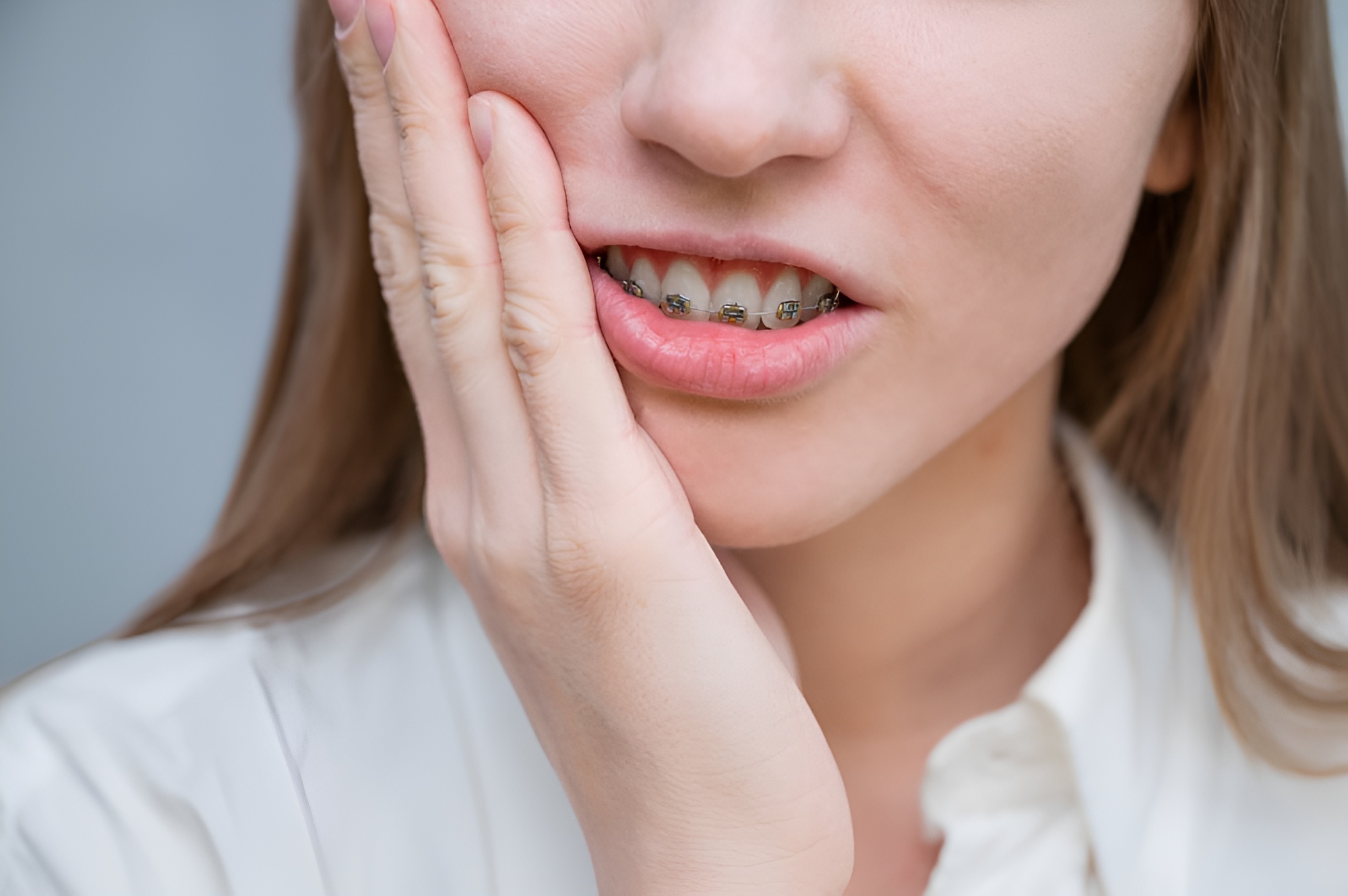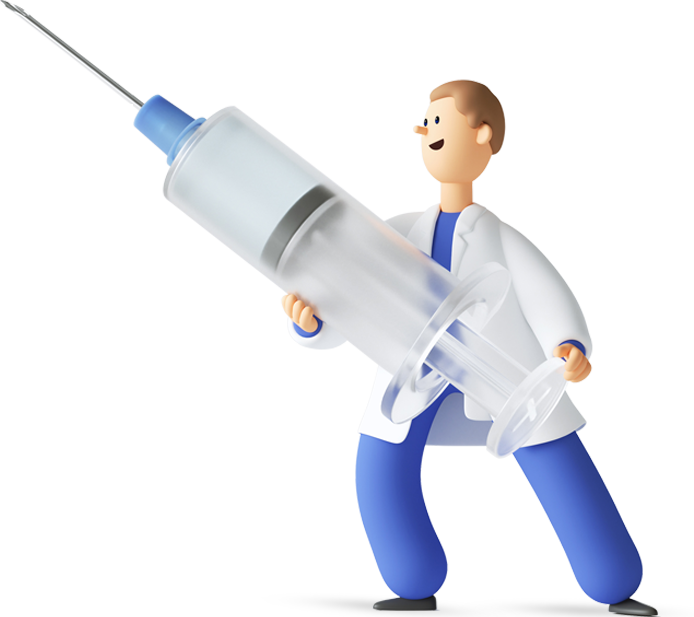
Table of Contents
- Introduction
- Understanding Orthodontic Pain
- What is Orthodontic Pain?
- Types of Orthodontic Pain
- When Does Pain Occur in Orthodontic Treatment?
- Causes of Pain in Orthodontics
- Force and Tooth Movement
- Soft Tissue Irritation
- Inflammation and Cellular Response
- Pain Management in Orthodontics
- Over-the-Counter Pain Relievers
- Orthodontic Wax and Its Benefits
- Cold Compress or Ice Packs
- Salt Water Rinses
- Adjusting Diet for Comfort
- Psychological Aspects of Orthodontic Pain
- Expectation vs. Reality in Pain Perception
- Coping Mechanisms for Anxiety and Discomfort
- The Role of Patient Education
- Long-Term Pain Management Strategies
- Monitoring and Adjusting Orthodontic Forces
- Importance of Oral Hygiene in Pain Prevention
- Managing Pain with Aligners vs. Braces
- When to Contact Your Orthodontist
- Signs of Abnormal Pain
- Emergency Pain Situations
- Routine Adjustments and Pain Management
- Innovations in Orthodontic Technology for Pain Reduction
- Low-Force Brackets and Wires
- Self-Ligating Brackets
- Aligners with Advanced Materials
- Final Thoughts: Effective Pain Management in Orthodontics
- FAQ
Introduction
Pain management in orthodontics is a critical aspect of ensuring patient comfort during treatment. Orthodontic treatments, such as braces and aligners, are highly effective in correcting dental misalignments, but they often come with some level of discomfort or pain. Managing this pain effectively is key to a successful and comfortable treatment experience.
In this article, we will explore the causes of pain in orthodontics, the best pain management strategies, and the latest innovations in orthodontic technology that aim to reduce discomfort for patients.
Understanding Orthodontic Pain
What is Orthodontic Pain?
Orthodontic pain refers to the discomfort, soreness, or pressure that patients may experience in their teeth, gums, and jaw during orthodontic treatment. This pain is a natural part of the process, as force is applied to the teeth to shift them into their correct positions. Understanding when and why this pain occurs is the first step toward effective pain management in orthodontics
Types of Orthodontic Pain
There are two main types of pain that patients typically experience during orthodontic treatment:
Pressure-induced pain: This type of pain is caused by the mechanical force applied to teeth in order to move them. The pressure on the periodontal ligament and surrounding tissues results in discomfort, which is often most acute after an adjustment.
Soft tissue irritation: Brackets, wires, and other orthodontic appliances can irritate the soft tissues of the mouth, such as the cheeks, lips, and gums, leading to sores or ulcers.
When Does Pain Occur in Orthodontic Treatment?
Pain in orthodontics is most common after an initial fitting or adjustment of braces or aligners. The first 24 to 48 hours are often the most uncomfortable, as the teeth begin to move in response to the applied forces. After this period, the discomfort usually decreases, and patients can better manage their pain using recommended strategies.
Causes of Pain in Orthodontics
Force and Tooth Movement
The primary cause of pain in orthodontics is the controlled force applied to the teeth to encourage movement. This force compresses and stretches the periodontal ligament, which can lead to inflammation and discomfort. Understanding the role of force in orthodontic treatment is key to effective pain management in orthodontics.
Soft Tissue Irritation
Another common cause of pain in orthodontics is soft tissue irritation. The metal components of braces, such as brackets and wires, can rub against the inside of the mouth, causing sores or irritation. This type of pain is often experienced early in treatment or after adjustments.
Inflammation and Cellular Response
As teeth shift, the body’s natural inflammatory response is triggered. This inflammation is necessary for bone remodeling, the process that allows teeth to move. However, it also contributes to pain in orthodontics, making inflammation management a critical part of orthodontic pain management.
Pain Management in Orthodontics
Over-the-Counter Pain Relievers
One of the most common ways to manage pain in orthodontics is by using over-the-counter (OTC) pain relievers such as ibuprofen or acetaminophen. Ibuprofen is particularly effective because it reduces both pain and inflammation, making it a great option for managing discomfort after an orthodontic adjustment.
Orthodontic Wax and Its Benefits
For patients experiencing soft tissue irritation, orthodontic wax is an effective tool for pain management in orthodontics. By applying a small amount of wax over the brackets or wires causing discomfort, patients can reduce friction and prevent sores, allowing the soft tissues to heal.
Cold Compress or Ice Packs
Cold compresses or ice packs can also help with pain management in orthodontics. Applying a cold pack to the outside of the jaw reduces swelling and numbs the area, providing temporary relief from discomfort, especially in the first few days after an adjustment.
Salt Water Rinses
Using a salt water rinse is a natural method for soothing sores or irritated gums caused by orthodontic appliances. Salt water has anti-inflammatory and antibacterial properties, which can help reduce swelling and promote healing, making it a useful addition to pain management in orthodontics.
Adjusting Diet for Comfort
After an orthodontic adjustment, patients should switch to softer foods to reduce discomfort while chewing. Foods like yogurt, mashed potatoes, and smoothies can help avoid additional stress on the teeth. Adjusting one’s diet is an easy and effective way to support pain management in orthodontics.
Psychological Aspects of Orthodontic Pain
Expectation vs. Reality in Pain Perception
Patients’ perception of pain in orthodontics can be influenced by their expectations. Those who are mentally prepared for some discomfort are often better equipped to handle the pain. Setting realistic expectations is a crucial part of pain management in orthodontics.
Coping Mechanisms for Anxiety and Discomfort
Coping strategies such as relaxation techniques, mindfulness, and deep breathing can help reduce the psychological stress associated with pain in orthodontics. These tools are especially helpful for patients who experience anxiety related to discomfort.
The Role of Patient Education
Effective pain management in orthodontics starts with education. Patients who are well-informed about what to expect during treatment are less likely to feel anxious and more likely to handle discomfort with confidence. Orthodontists play a key role in providing this education and setting clear expectations.
Long-Term Pain Management Strategies
Monitoring and Adjusting Orthodontic Forces
Regular monitoring by an orthodontist ensures that the forces applied to the teeth are optimal for movement while minimizing unnecessary discomfort. If a patient is experiencing excessive pain, the orthodontist can adjust the treatment plan accordingly. This proactive approach is essential for long-term pain management in orthodontics.
Importance of Oral Hygiene in Pain Prevention
Good oral hygiene is crucial for preventing gum inflammation and infection, which can exacerbate pain in orthodontics. Brushing and flossing regularly around brackets and wires helps maintain a healthy mouth, reducing the risk of complications that could lead to additional discomfort.
Managing Pain with Aligners vs. Braces
Patients often wonder whether clear aligners or traditional braces are associated with less pain. While both can cause pain in orthodontics, aligners generally lead to less discomfort because they lack the metal brackets and wires that can irritate soft tissues. However, both treatments still require effective pain management in orthodontics.
When to Contact Your Orthodontist
Signs of Abnormal Pain
While some discomfort is expected during orthodontic treatment, severe or prolonged pain may indicate a problem. If pain in orthodontics persists for more than a week or is accompanied by swelling, infection, or bleeding, patients should contact their orthodontist. Abnormal pain can be a sign that adjustments are needed.
Emergency Pain Situations
In some cases, pain in orthodontics can escalate into an emergency, such as when a wire pokes into the soft tissue or a bracket becomes dislodged. These situations require immediate attention from an orthodontist to prevent further injury.
Routine Adjustments and Pain Management
After routine orthodontic adjustments, patients may experience temporary discomfort. Using the pain management strategies outlined above, such as cold compresses and over-the-counter pain relievers, can help ease the transition following each adjustment.
Innovations in Orthodontic Technology for Pain Reduction
Low-Force Brackets and Wires
Recent technological advancements, such as low-force brackets and heat-activated wires, are designed to reduce pain in orthodontics. These innovations apply gentler, steady pressure to the teeth, resulting in less discomfort while still achieving effective results.
Self-Ligating Brackets
Self-ligating brackets, which do not require elastic ties to hold the wire in place, reduce friction and pressure on the teeth. This leads to less pain in orthodontics during treatment, as the movement is more gradual and requires fewer adjustments.
Aligners with Advanced Materials
Modern clear aligners are made from advanced materials that provide consistent, gentle pressure. These aligners are designed to minimize pain in orthodontics, making the treatment more comfortable for patients.
Final Thoughts: Effective Pain Management in Orthodontics
Pain management in orthodontics is an important part of ensuring a successful and comfortable treatment experience. While some discomfort is inevitable as teeth shift into their new positions, there are numerous strategies available to manage pain effectively. From over-the-counter pain relievers to the latest advancements in orthodontic technology, patients have a range of options to alleviate discomfort and make their orthodontic journey more manageable.
If you ever experience unmanageable pain or have concerns about your treatment, don’t hesitate to reach out to your orthodontist for guidance. With the right approach to pain management in orthodontics, you can minimize discomfort and focus on the long-term benefits of your treatment.
FAQ
1. Is orthodontic pain normal?
Yes, pain in orthodontics is normal, especially after adjustments. However, the pain is typically temporary and manageable with various pain management techniques.
2. How long does orthodontic pain last?
Pain in orthodontics usually lasts for a few days after an adjustment, with the most intense discomfort occurring within the first 24-48 hours.
3. What is the best way to relieve orthodontic pain?
Over-the-counter pain relievers, cold compresses, and orthodontic wax are effective methods for managing pain in orthodontics. Soft foods and salt water rinses can also help reduce discomfort.
4. Can I avoid pain with clear aligners?
While clear aligners generally cause less pain in orthodontics than traditional braces, some mild discomfort is still expected as the teeth shift.
5. When should I be concerned about my orthodontic pain?
If pain in orthodontics persists for more than a week, or if it is accompanied by swelling, bleeding, or infection, you should contact your orthodontist.













